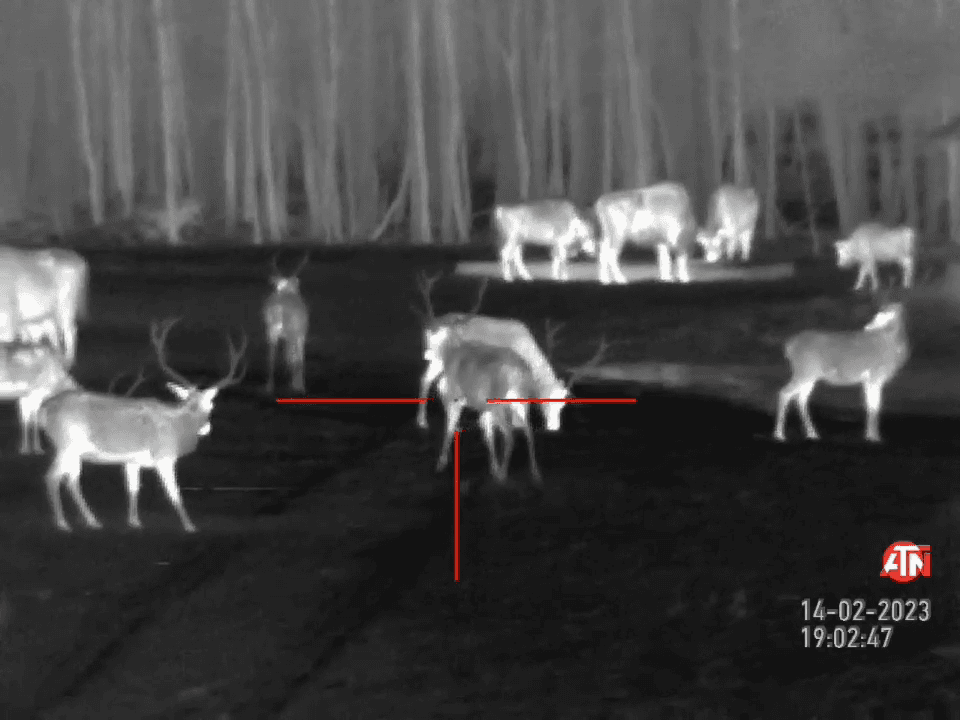
How Does Benelli’s Inertia-Driven System Work? A Hunter’s Deep Dive into Legendary Reliability If you’ve ever shouldered a Benelli shotgun in the field, you’ve likely felt the difference. It’s not just the balance or the Italian craftsmanship - it’s the Inertia-Driven® system, the heart of Benelli’s semi-automatic legacy. As a lifelong hunter and firearms enthusiast, I’ve trusted this system in rain, snow, dust, and heat. Let me break down how it works, why it matters, and what makes it stand apart from gas-operated shotguns. ⚙️ The Core Principle: Recoil, Not Gas Unlike gas-operated shotguns that siphon off combustion gases to cycle the action, Benelli’s Inertia-Driven system uses pure recoil energy. When you fire a shell, the entire shotgun moves backward—except for the bolt body, which momentarily resists due to inertia. This delay compresses a spring between the bolt head and bolt body. Once the spring reaches full compression, it expands, driving the bolt rearward to eject the
Post: 29 June 18:41

















